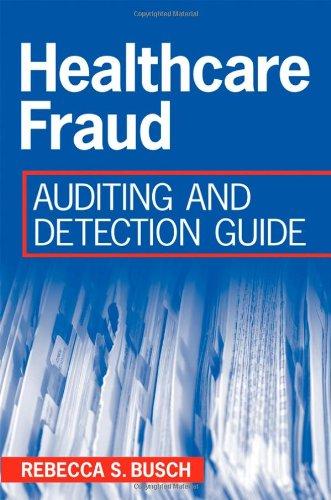Question
Pine Fair, L.P. (Limited Partnership), is one of the largest regional amusement park operators in the world, owning 11 amusement parks, two water parks, and
Pine Fair, L.P. (Limited Partnership), is one of the largest regional amusement park operators in the world, owning 11 amusement parks, two water parks, and four hotels. The parks include Pine Point in Ohio; Valleyfair near Minneapolis/St. Paul; Dorney Park and Wildwater Kingdom near Allentown, Pennsylvania; Worlds of Fun in Kansas City; Great America in Santa Clara, California; and Canadas Wonderland near Toronto, Canada, among several others. The following are summarized transactions similar to those that occurred in a recent year. Dollars are in thousands.
a. Guests at the park paid $596,042 cash in admissions.
b. The primary operating expenses for the year were employee wages of $433,416, with $401,630 paid in cash and the rest to be paid to employees in the following year.
c. Cedar Fair paid $47,100 principal on long-term notes payable.
d. The park sells merchandise in park stores. The cash received during the year for sales was $365,693. The cost of the inventory was sold during the year was $92,057.
e. Cedar Fair purchased and built additional rides and other equipment during the year, paying $90,190 in cash.
f. Guests may stay in the parks at accommodations owned by the company. During the year, accommodations revenue was $82,994; $81,855 was paid by guests in cash and the rest was owed on account.
g. Interest incurred and paid on long-term debt was $153,326.
h. The company purchased $147,531 in inventory for the park stores during the year, paying $119,431 in cash and owing the rest on account.
i. Advertising costs for the park were $140,426 for the year; $134,044 was paid in cash, and the rest was owed on account.
j. Cedar Fair paid $11,600 on accounts payable during the year.
- For each of these transactions record journal entries, Use the letter of each transaction as its reference. Note that transaction (d) will require two entries, one for revenue recognition and one for related expense.
- Use the following chart to identify whether each transaction results in a cash flow effect from operating (O), investing (I), or financing (F) activities, and indicate the direction and amount of the effect on cash (+ for increase and - for decrease). If there is no cash flow effect write none.
Step by Step Solution
There are 3 Steps involved in it
Step: 1

Get Instant Access to Expert-Tailored Solutions
See step-by-step solutions with expert insights and AI powered tools for academic success
Step: 2

Step: 3

Ace Your Homework with AI
Get the answers you need in no time with our AI-driven, step-by-step assistance
Get Started


